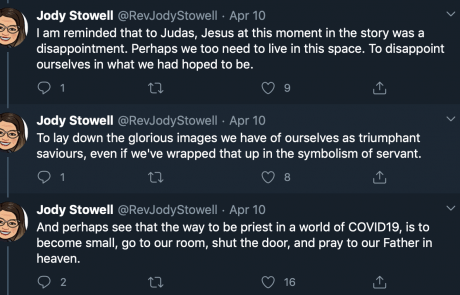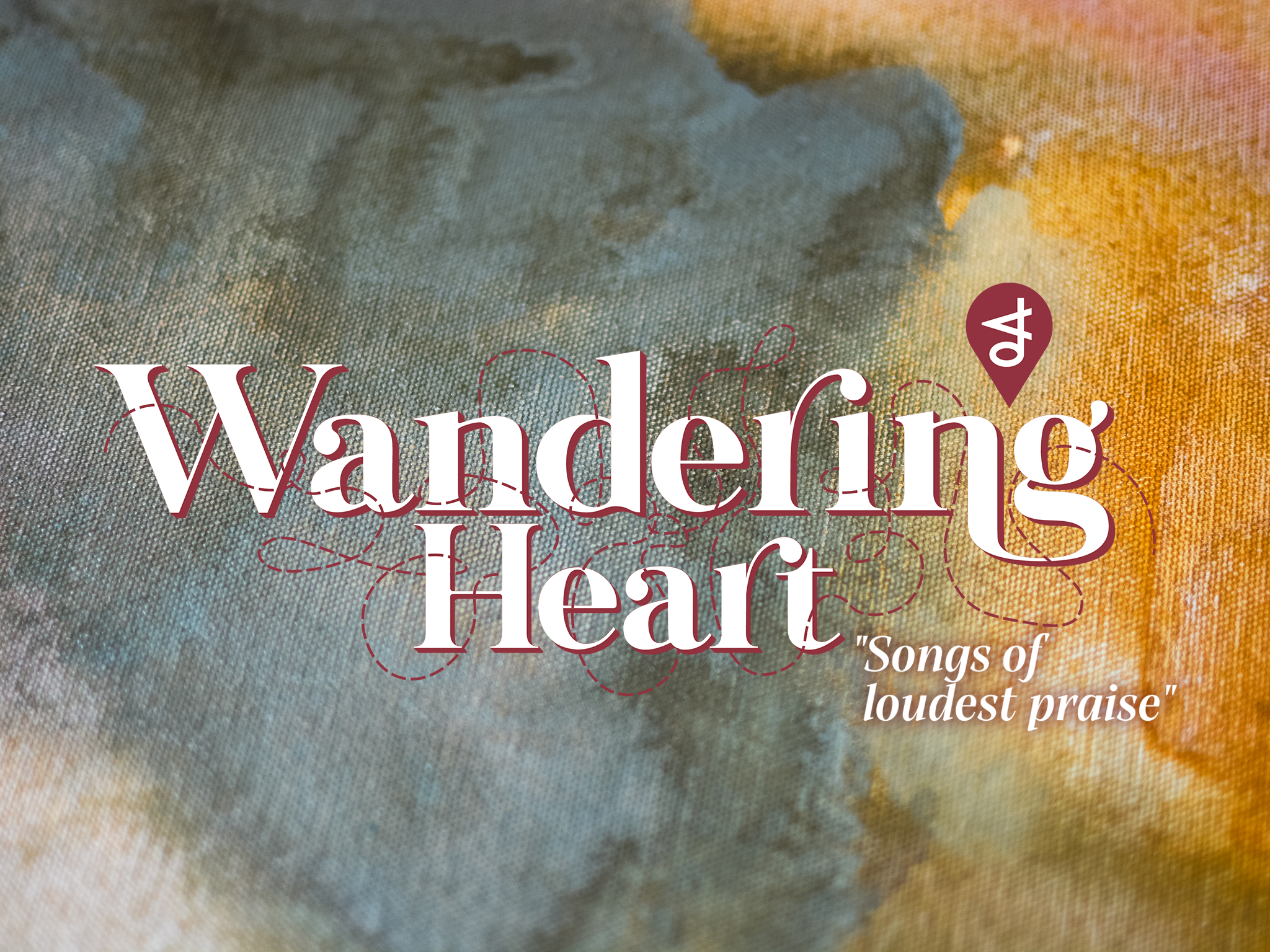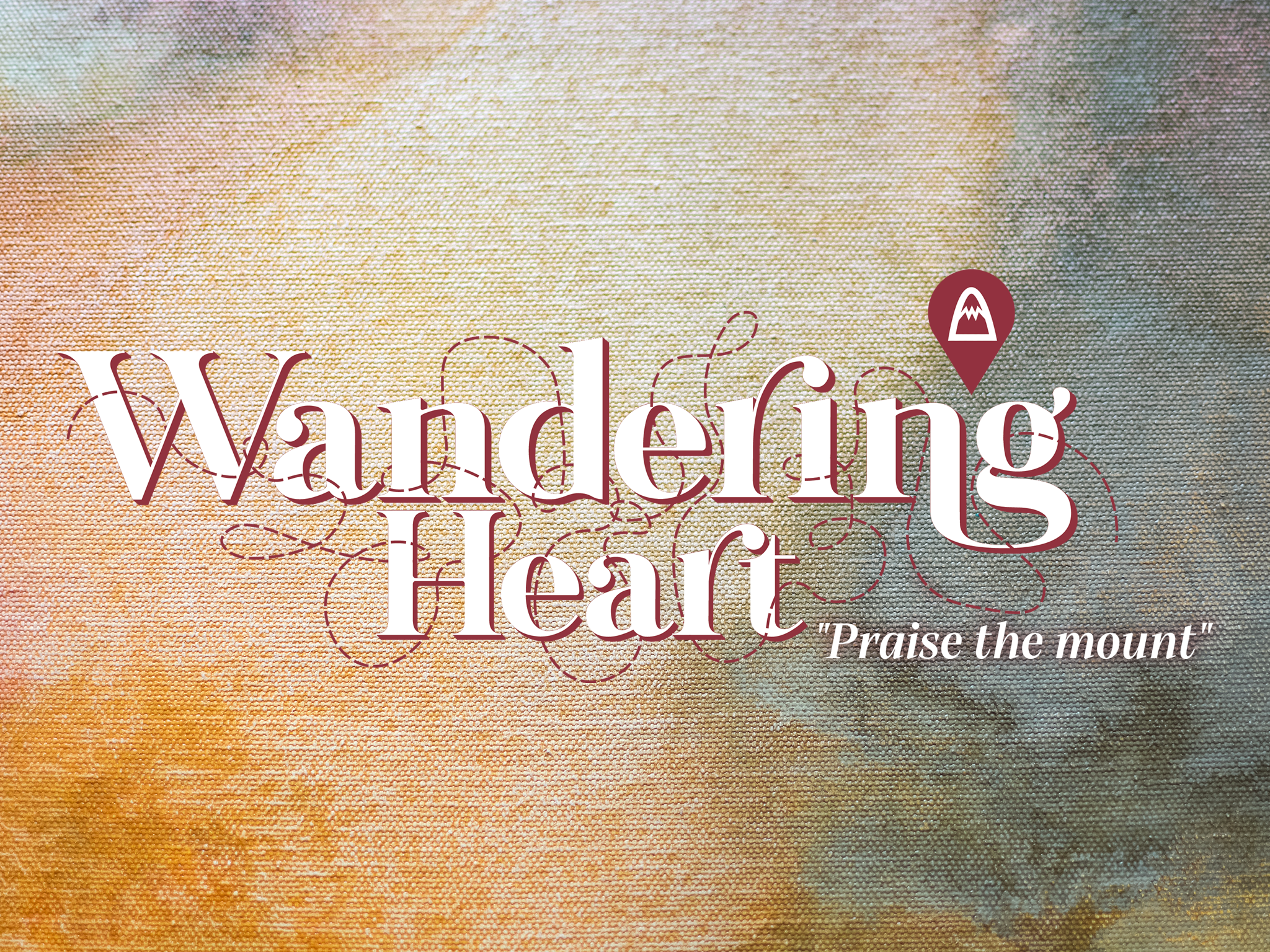A fellow clergy person wondered recently about priests being on the sidelines, seeming unneeded in the time of Covid-19 suspension of community gatherings.
I wondered if it might actually be an invitation to trust, and as I reflect some more, if it might be a time to be visible, not hidden.
I wonder if in this season of hiddenness we clergy (and in traditions like the Uniting Church, lay leaders and pastors) might discover again some trust in our people, and in our own work?
Let’s take the worship of the community, first. My team agreed to an approach that would not replicate the form of worship that happens when we gather, recording the presider and musicians in the church building for the people to watch on screen. We decided to put worship in the hands of the people themselves, and have provided ‘worship at home’ outlines and content – yes, video, but also audio, and invitations to read the Bible aloud for themselves, and to reflect and pray with contemplation, discussion, and enacted prayers like making a cross or phoning a friend.
We invite our people to use the worship resources as suits them: so the ones who find the making and colouring not their cup of tea don’t do it; the ones who can and want to make music for themselves do; those who want to read the sermon, follow the links, will, and those who want to worship with other congregations online (as well as or instead of our own worship at home) are encouraged to do so.
As their minister, I wanted to equip my people to lead their worship themselves. Many will do so on Sunday mornings when they know others in our community will also be focusing their attention and prayers. Some will connect with others in the congregation, or with me, to share what has resonated, what wasn’t helpful, how they have prayed and sung and reflected.
As their minister, I have shown them, and myself, how much I trust them with their worship of Holy One, and very many of them have flourished in that trust.
And what about pastoral care of the community? In the first days of suspended gatherings, the first response of our congregation, its elders and convenors of small groups, was to connect with the vulnerable and already isolated; was to maintain connection and relationship between the members of our community.
Elders committed to making phone calls and other connections with a small list of people each. Through those ring-arounds in the first week or two, we identified those without email, and therefore not receiving the regular communication from the church office and leaders. Those people receive phone calls when there is significant information, and printouts of all the materials we provide the congregation by email, delivered by our office staff (who volunteered to do so, when the original suggestion was to put them in the post). This has helped that dozen or so members feel remembered and connected.
Small groups are maintaining email conversations, making phone calls, and offering various kinds of practical support with groceries and how to use the technology, for example (safely, I assure you).
Our minister in association, in a one-day per week pastoral care support role while we await a second minister, has moved from visits to phone calls, on each of two half days ringing 6–8 people to hear how they are, and pray with them. People are reporting their gratitude for this care and connection.
Our other minister in association, along with retired ministers and the rest of the congregation, are all ringing people within the congregation, making connections as and when they can, to ensure our relationships grow, and our very relational beings thrive, though we cannot see each other in person for a while yet.
Our pastoral care continues at ever layer, from leaders, from members, to leaders, to members, of all ages and stages, in so many ways. In the year or two before I arrived, our Elders moved from an Elder-centric model of pastoral care, with lists of designated member they were responsible for, to a model of ‘reciprocal care’: everyone responsible for caring for each other. It is as if we were getting ready for such a time of crisis, when we need every member to be looking out for each other: and they are, we are.
My role in pastoral care in this season? Continues much as it ever does: I support the people in their caring for each other, with encouragement and by modelling the giving and receiving of care that we will each engage in. While I cannot preside in the gathered community, I continue to preside with the scattered community, with pastoral letters each week that reflect back the stories we are living, so as to encourage and strengthen individuals and the community as a whole. I respond to the individuals reaching out for connection in various ways, with attention and presence as I can. I make sure to record in my voice several pieces of audio each week – prayers, reflections, invitations to worship. Individuals respond to the invitation to be in touch with me, sending emails and texts and posting cards to let me know they are ok, hope that I am ok, and tell me what they’re connecting with in our prayers and reflections. I’ve had more conversation with some folk these past few weeks than we’ve had in the whole two years I’ve been here!
It seems, then, that I am not so hidden after all. Someone else tweeted that the people need to see their priests / ministers in this time, as she encouraged the making of imperfect videos that seem to replicate the efforts of each other: your people need to see you, hear you, she said, for you are the one in the particular role in this particular community who oversees the community life and wellbeing, now more than ever. So I am trying to ensure that the visibility of the minister to the community as a whole, in particular, continues, with our symbolic role of pointing to God and encouraging all in our walking God’s Way of Love.
We may seem to be putting more in the people’s hands than usual, with both worship and pastoral care. But I think we are simply putting back in their hands what must always be there: the responsibility for spiritual discipline as they nurture their trust in the Holy and their commitment to living God’s healing and reconciling peace in the world.
We may seem to be hidden, unseen, not up front before our people, gathered. Even more than ever, we must be seen and present, though how we are seen, heard, visible and present to and with our people is so very different to the way it’s been.
Simultaneously, now as ever, we who lead Christian communities balance great trust in our people to do their living of God’s Way of Love and Peace with great commitment to our own role, symbolic, unifying, and encouraging, visible and present with our people as Jesus was with his.







Leave A Comment